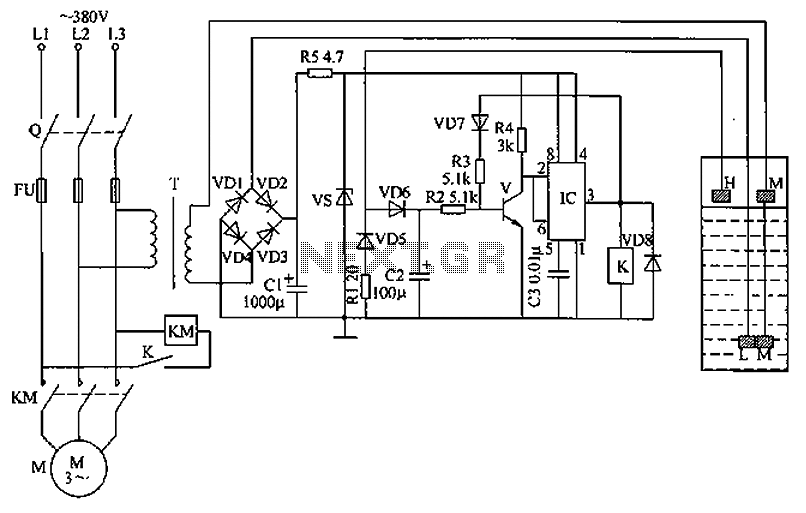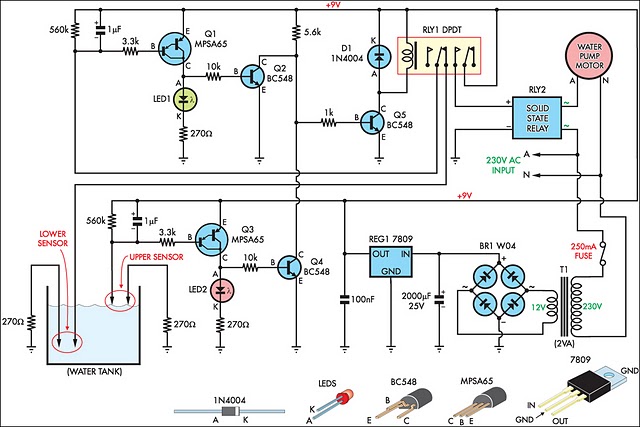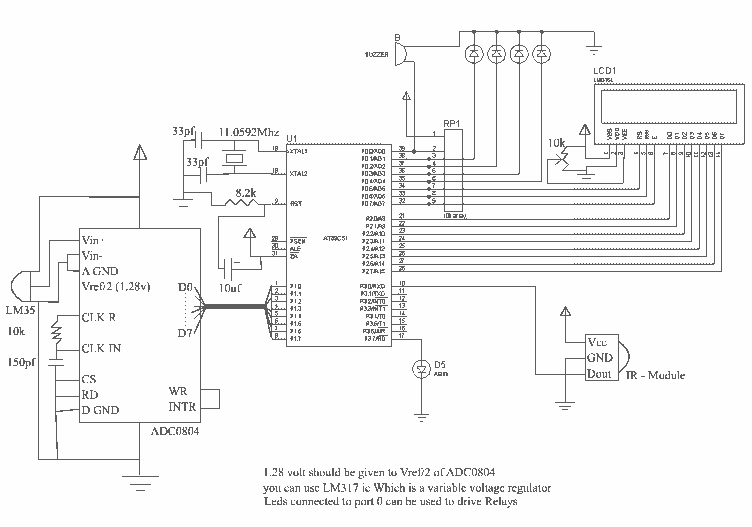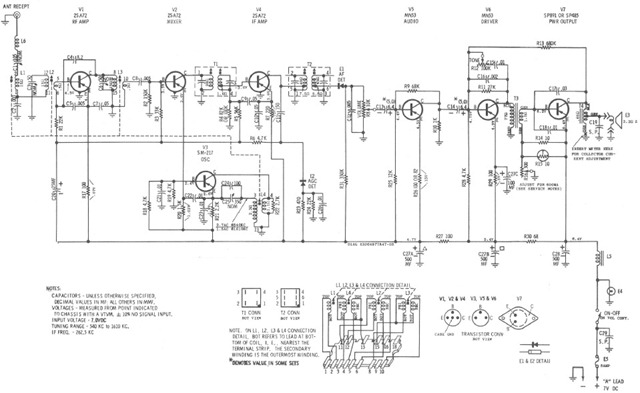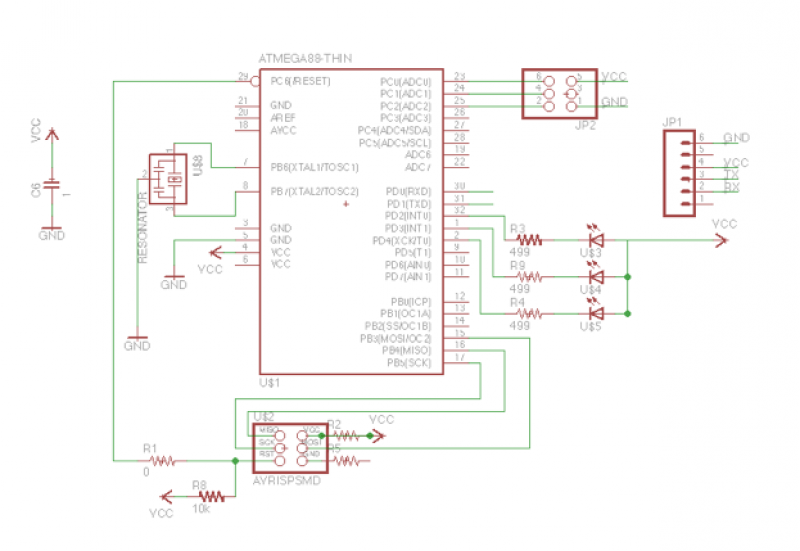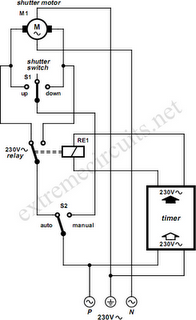
How to Add Auto Turn-Off to a Multimeter
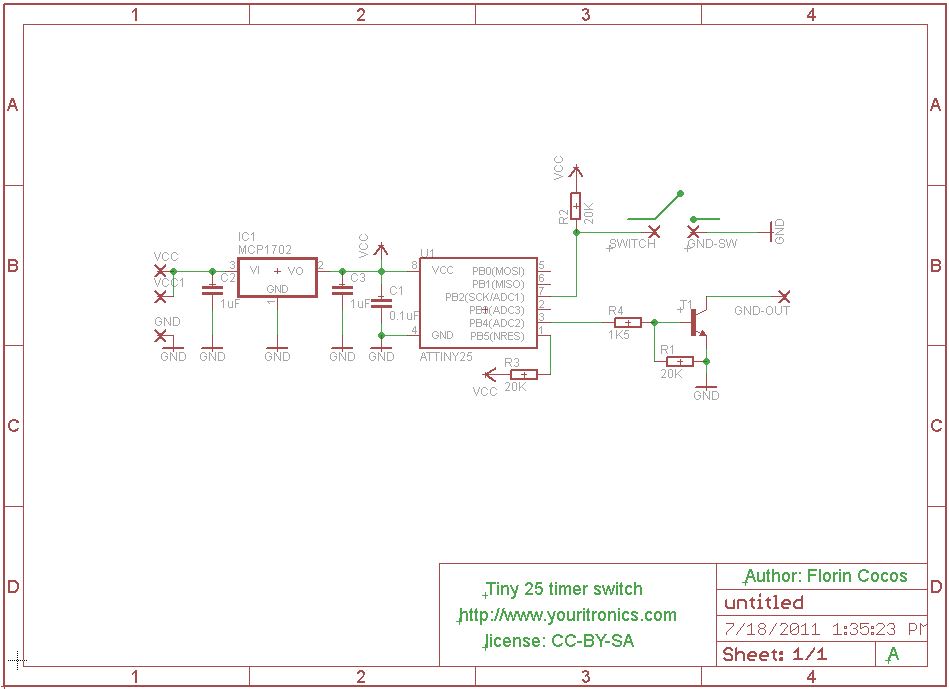
Most multimeters today have an auto turn-off feature built in. There is enough space in a multimeter enclosure, so why not install a simple circuit that...
A multimeter's auto turn-off feature is designed to conserve battery life by shutting down the device after a specified period of inactivity. This feature is essential for ensuring prolonged use of the multimeter without the need for frequent battery replacements.
To implement an effective auto turn-off circuit within a multimeter, the following components and schematic design can be utilized:
1. **Microcontroller or Timer IC**: A microcontroller or a timer IC (such as the 555 timer) can be employed to monitor the activity of the multimeter. The microcontroller can be programmed to detect whether the multimeter is in use, based on input from the measurement function buttons or the display.
2. **Power Supply Circuit**: The circuit should include a power supply section, typically involving a battery and voltage regulation to ensure stable operation of the microcontroller and other components.
3. **Input Detection**: The circuit will include input detection mechanisms, such as capacitive touch sensors or mechanical switches, that register user interaction. When the multimeter is used, these inputs will signal the microcontroller to reset the timer.
4. **Timer Configuration**: The timer can be configured to count down from a predetermined time (e.g., 5 minutes) whenever there is no user interaction. Once the timer reaches zero, it will send a signal to the power management circuit to turn off the multimeter.
5. **Power Management Circuit**: This section will control the power to the multimeter's display and measurement circuitry, effectively cutting off power when the auto turn-off condition is met.
6. **User Notification**: An optional feature could include an LED indicator that flashes or changes color to notify the user that the multimeter is about to turn off, giving them a chance to react before the device powers down.
This auto turn-off circuit not only enhances the functionality of the multimeter but also contributes to energy efficiency, thereby extending the lifespan of the device and reducing environmental impact through less frequent battery disposal. The integration of such a feature is feasible given the available space within the multimeter enclosure, making it a practical addition to modern multimeter designs.Most multimeters today have an auto turn-off feature built in. There is enough space in a multimeter enclosure so why not to install a simple circuit that.. 🔗 External reference
A multimeter's auto turn-off feature is designed to conserve battery life by shutting down the device after a specified period of inactivity. This feature is essential for ensuring prolonged use of the multimeter without the need for frequent battery replacements.
To implement an effective auto turn-off circuit within a multimeter, the following components and schematic design can be utilized:
1. **Microcontroller or Timer IC**: A microcontroller or a timer IC (such as the 555 timer) can be employed to monitor the activity of the multimeter. The microcontroller can be programmed to detect whether the multimeter is in use, based on input from the measurement function buttons or the display.
2. **Power Supply Circuit**: The circuit should include a power supply section, typically involving a battery and voltage regulation to ensure stable operation of the microcontroller and other components.
3. **Input Detection**: The circuit will include input detection mechanisms, such as capacitive touch sensors or mechanical switches, that register user interaction. When the multimeter is used, these inputs will signal the microcontroller to reset the timer.
4. **Timer Configuration**: The timer can be configured to count down from a predetermined time (e.g., 5 minutes) whenever there is no user interaction. Once the timer reaches zero, it will send a signal to the power management circuit to turn off the multimeter.
5. **Power Management Circuit**: This section will control the power to the multimeter's display and measurement circuitry, effectively cutting off power when the auto turn-off condition is met.
6. **User Notification**: An optional feature could include an LED indicator that flashes or changes color to notify the user that the multimeter is about to turn off, giving them a chance to react before the device powers down.
This auto turn-off circuit not only enhances the functionality of the multimeter but also contributes to energy efficiency, thereby extending the lifespan of the device and reducing environmental impact through less frequent battery disposal. The integration of such a feature is feasible given the available space within the multimeter enclosure, making it a practical addition to modern multimeter designs.Most multimeters today have an auto turn-off feature built in. There is enough space in a multimeter enclosure so why not to install a simple circuit that.. 🔗 External reference
Warning: include(partials/cookie-banner.php): Failed to open stream: Permission denied in /var/www/html/nextgr/view-circuit.php on line 713
Warning: include(): Failed opening 'partials/cookie-banner.php' for inclusion (include_path='.:/usr/share/php') in /var/www/html/nextgr/view-circuit.php on line 713
